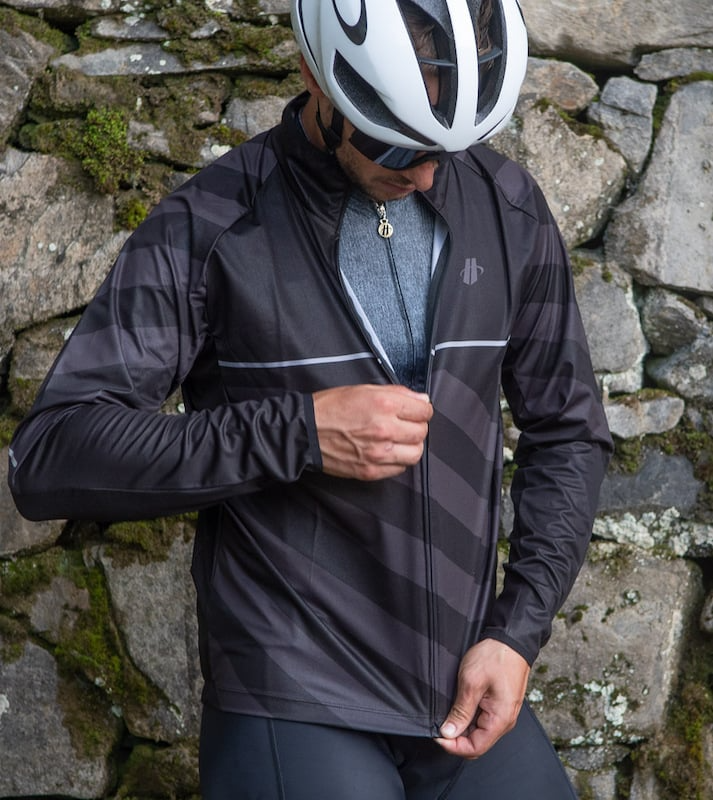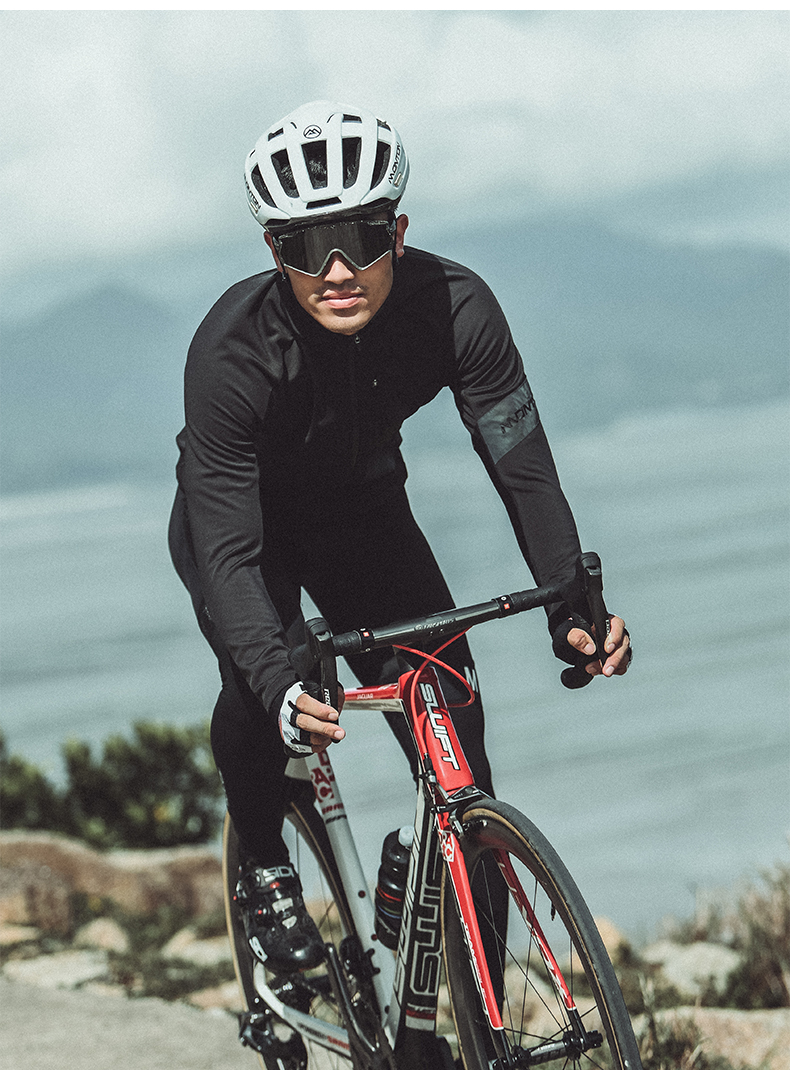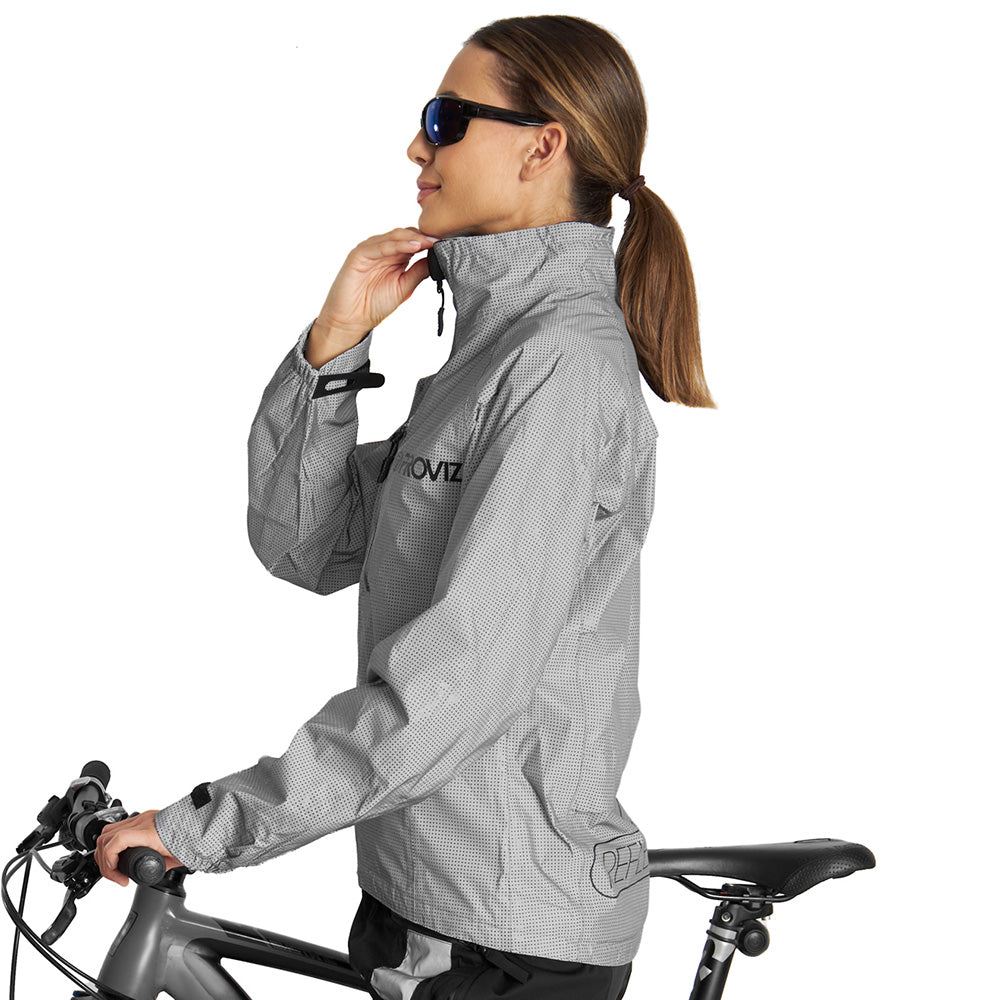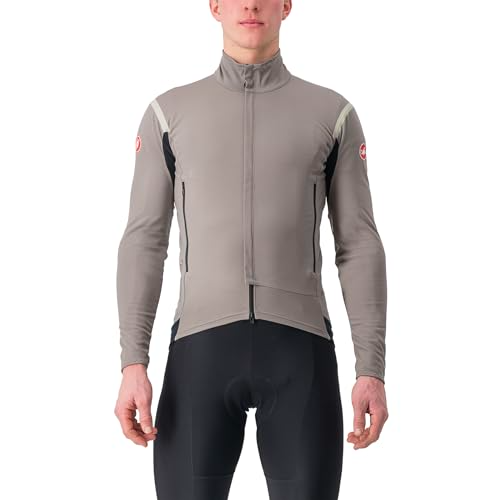I. Introduction
-
Understanding the Importance of a Quality Cycling Jacket
In the realm of cycling, apparel plays a significant role in enhancing comfort, performance, and safety. Among these essential items, the best cycling jacket reigns supreme as a versatile piece that shields cyclists from various weather conditions while optimizing their ride experience. This comprehensive guide will delve into the nuances of selecting the perfect cycling jacket, focusing on key features like materials, design, and functionality, as well as providing insights into maintaining its peak performance.
II. Factors to Consider When Choosing a Cycling Jacket
A. Weather Protection and Breathability
The primary function of a cycling jacket is to provide protection against the elements, particularly wind, rain, and cold temperatures. A superior cycling jacket should be made from materials that are both waterproof and breathable, such as Gore-Tex or other high-performance membranes. This ensures that while you’re protected from external moisture, internal perspiration can escape, keeping you dry and comfortable during intense rides.
B. Thermal Insulation and Layering Compatibility
Consider the insulation level based on your riding conditions. Jackets designed for cooler weather often have fleece lining or specific insulation layers that trap body heat without adding bulk. Ensure that the jacket allows for easy layering with base layers and mid-layers for customized warmth during fluctuating temperatures.
C. Fit and Comfort
The fit of a cycling jacket is critical for performance and safety. It should be close-fitting but not too tight, allowing for ease of movement and flexibility in your riding position. Features like articulated sleeves, adjustable waistbands, and cuffs help create a personalized fit that stays in place throughout your ride.
D. Visibility and Safety Features
For early morning commutes or evening rides, visibility is key. Choose jackets with reflective accents or panels that enhance your presence when illuminated by car headlights. Additionally, bright colors and hi-vis details can increase your visibility during daylight hours.
E. Ventilation and Temperature
Regulation Good cycling jackets come equipped with ventilation systems like underarm zippers or mesh-lined pockets to allow excess heat and moisture to escape during climbs or warmer days. This helps maintain a stable body temperature and prevents overheating.
F. Durability and Abrasion
Resistance Materials used in a quality cycling jacket must withstand the rigors of regular use and potential crashes. Look for reinforced areas in high-wear zones like the shoulders and elbows, and check for durable fabrics that resist tears and abrasions.
G. Practicality and Storage
Ample storage capacity is also an essential factor. Pockets that are easily accessible while riding are ideal for storing items like keys, phones, energy bars, and tools. The ability to pack down into a small size for easy carrying when not needed is another practical feature to consider.
By carefully considering these factors, you will be able to choose a cycling jacket that caters to your unique needs and preferences, ensuring comfort, performance, and safety in all your cycling pursuits.
III. Types of Cycling Jackets and Their Purposes
- Rain Jackets: Built to withstand heavy downpours, these jackets often feature taped seams, storm flaps over zippers, and durable water repellent (DWR) coatings.
- Windproof Jackets: Lightweight and compact, these are designed to cut through gusty winds without adding bulk, making them ideal for unpredictable weather transitions.
- Thermal Jackets: Insulated for colder temperatures, they balance warmth with breathability, typically using fleece lining or advanced insulation technologies.
IV. Key Features to Look For
- Durability and Construction High-quality stitching, reinforced shoulders, and abrasion-resistant panels can significantly extend the lifespan of your jacket.
- Ventilation Systems Mesh-lined pockets, underarm vents, or two-way zippers allow for temperature regulation and enhanced breathability.
- Storage Options Ample and strategically placed pockets enable riders to store essentials like smartphones, keys, and energy bars.
V. Care and Maintenance of Your Cycling Jacket
A. Cleaning and Washing
- Frequency: The frequency of washing depends on how frequently you use the jacket and under what conditions. If you’ve been cycling in muddy or wet conditions, it’s best to wash it immediately after your ride to prevent stains from setting and to maintain breathability. For jackets worn in dry conditions, they can be washed less often.
- Instructions: Always refer to the manufacturer’s care label for specific instructions, but typically, high-performance cycling jackets can be machine washed in cold water with a mild detergent. Avoid using fabric softeners as they can damage the waterproofing membrane or coatings.
- Gentle Cycle: Use a gentle cycle or hand wash to minimize agitation that could potentially damage the jacket’s technical fabrics and seams.
- Drying: Do not tumble dry; instead, hang dry your jacket away from direct heat sources. This is particularly important for waterproof jackets, as heat can damage the waterproofing.
B. Waterproofing and DWR Treatment
- Jackets with a durable water repellent (DWR) coating may need to have their water-repellency restored over time. After several washes, the effectiveness of this coating may diminish. You can restore it by applying a specialized DWR spray or liquid treatment, following the product instructions carefully.
C. Storage
- Store your cycling jacket in a cool, dry place away from direct sunlight to prevent color fading and material degradation. When storing for extended periods, ensure the jacket is completely dry to prevent mold or mildew growth.
- Hanging the jacket is preferable to folding, as this helps retain its shape and prevents creases that might affect the performance of features like zippers or reflective panels.
D. Repair and Replacement
- Inspect your jacket regularly for signs of wear, such as tears, loose stitching, or broken zippers. Address these issues promptly to extend the life of your jacket.
- While minor repairs can be made, if the jacket’s waterproofing has failed or it shows significant signs of wear, it may be time to replace it to ensure continued protection and comfort during rides.
By taking good care of your cycling jacket, you will prolong its lifespan and maintain its performance throughout various weather conditions and numerous rides.
VI. Conclusion
- Maximizing the Value of Your Investment By investing time in choosing the right cycling jacket and taking care of it properly, you’ll ensure that it remains an indispensable tool for all your cycling adventures. Whether tackling wet commutes or embarking on long-distance tours, the best cycling jacket will serve as a reliable shield against the elements, enhancing your overall cycling experience and enjoyment.







